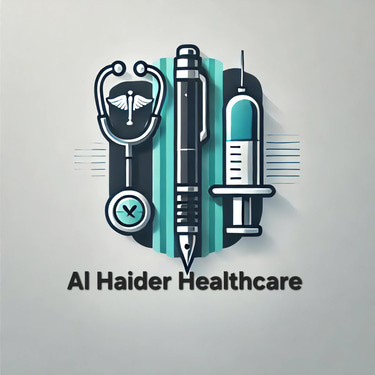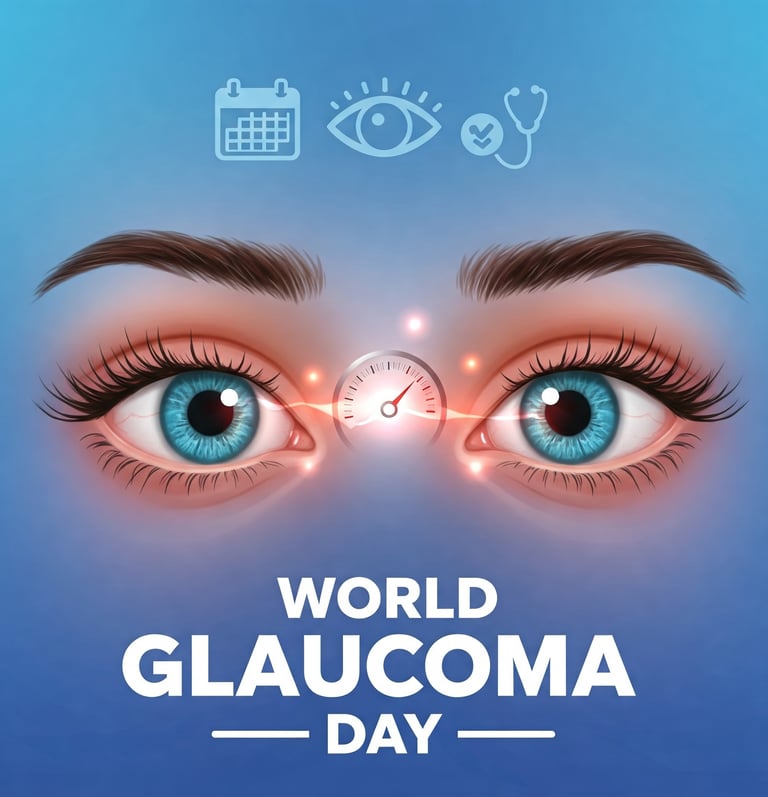Why Is Glaucoma Important?
Glaucoma is the second leading cause of irreversible blindness worldwide. Its insidious progression means that many people may lose vision without any noticeable symptoms until the disease is advanced. Early diagnosis is key to slowing or preventing further damage. According to the World Health Organization, glaucoma is a major public health challenge that demands global awareness and action.
Risk Factors for Glaucoma
Several factors increase the likelihood of developing glaucoma, including:
Age: Risk increases significantly after the age of 40.
Family History: A positive family history raises the risk considerably.
Elevated Intraocular Pressure: High pressure inside the eye can damage the optic nerve.
Diabetes and Other Systemic Conditions: People with diabetes are at higher risk, making regular eye exams essential.
Ethnicity: Certain ethnic groups—such as individuals of African or Hispanic descent—are more susceptible.
Myopia: Severe nearsightedness is also linked to an increased risk.
Early identification of these risk factors, through comprehensive history and screening, can guide effective monitoring and intervention.
According to the Centers for Disease Control and Prevention, regular eye examinations are vital for early detection and management of glaucoma, especially among high-risk populations.
cdc.gov
The National Library of Medicine’s resources explain that timely diagnosis and intervention can significantly reduce the risk of vision loss.
ncbi.nlm.nih.gov
Additionally, the American Diabetes Association stresses the importance of regular dilated eye exams for individuals with diabetes, who are at an increased risk for glaucoma.
diabetes.org
Prevention and Early Detection
Since glaucoma is typically symptomless in its early stages, prevention hinges on early detection:
Regular Eye Exams: Comprehensive dilated eye exams can detect early changes in the optic nerve and intraocular pressure before significant vision loss occurs.
Managing Systemic Conditions: Maintaining blood sugar levels, blood pressure, and overall health can help reduce glaucoma risk.
Protective Lifestyle: Avoid smoking, maintain a healthy diet, and engage in regular physical activity to support overall eye health.
Treatment Options
While glaucoma damage cannot be reversed, its progression can be managed with several treatment strategies:
Medications: Prescription eyedrops (including prostaglandin analogs, beta-blockers, and carbonic anhydrase inhibitors) are typically the first line of treatment to lower intraocular pressure.
Laser Therapy: Procedures like laser trabeculoplasty can improve fluid outflow and reduce eye pressure.
Surgical Interventions: In cases where medications and laser therapy are insufficient, surgeries such as trabeculectomy or minimally invasive glaucoma surgeries (MIGS) can create new drainage pathways to lower pressure.
The focus of treatment is to reduce intraocular pressure, the only known modifiable risk factor, to slow disease progression and preserve remaining vision.
Conclusion
World Glaucoma Day is an opportunity to educate and empower individuals to take charge of their eye health. Early detection through routine comprehensive eye exams, especially for those at higher risk, can make all the difference. By managing systemic health factors and adhering to prescribed treatment, patients can protect their vision and maintain a better quality of life.
Your vision matters—schedule an eye exam today and join us in the global fight against glaucoma.
For more detailed information, refer to resources from the World Health Organization, the CDC, the National Library of Medicine, and the American Diabetes Association.


